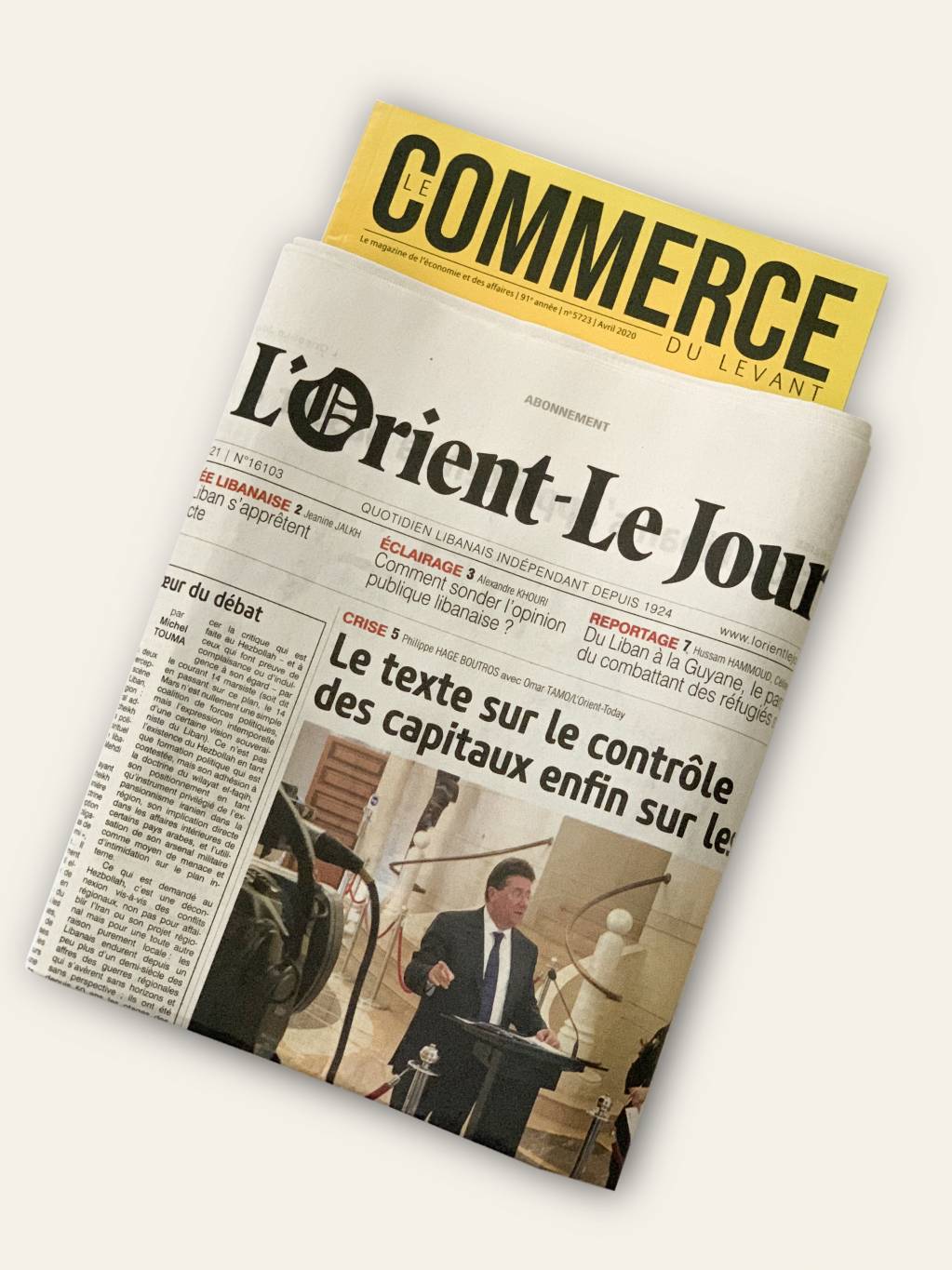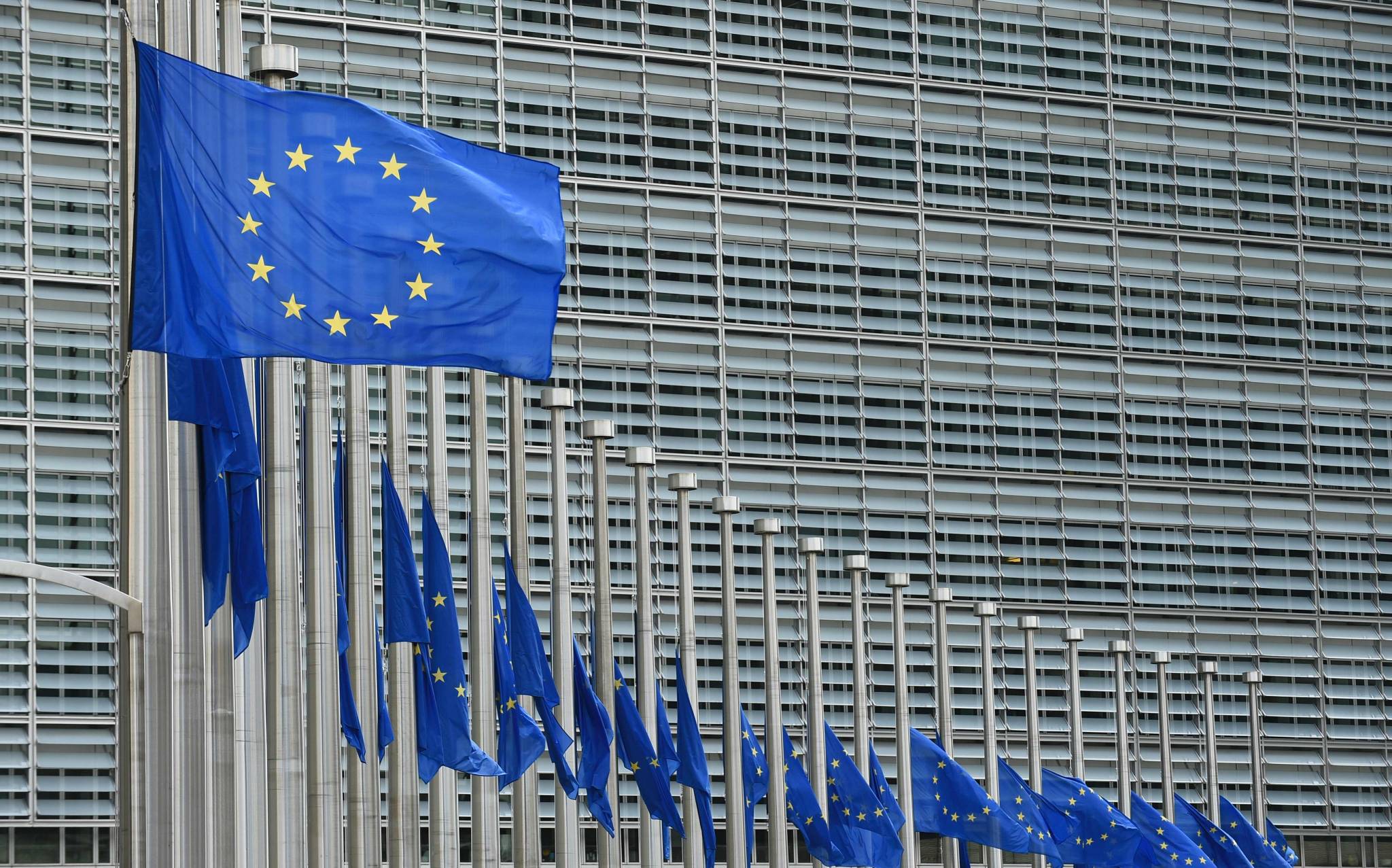
Lebanese resilience is being severely tested by the ongoing financial crisis. Economic and social costs are overwhelming, businesses and jobs are disappearing, as poverty spirals out of control. The roaring but essentially non-violent civilian protests, which have swept through Lebanon for several months, have conveyed a compelling demand for change. However, societal reforms need time to mature, while the threat of an economic collapse must be quickly confronted to avoid a disastrous financial meltdown.
An excessively slow response from the State has fallen far behind the fast-paced episode. The State appears ill-prepared to manage the crisis, which has disheartened also countries and international institutions willing to help. That a painful 3-month process was needed to assemble a new cabinet doesn’t bode well for the near future, given that a strategic vision and action plans have yet to come. Nevertheless, political rivalries must be overcome to allow for cooperative solutions to the complex crisis. The stalled economy has sharpened financial risks and it is urgent that an experienced crisis team be identified and empowered.
Although the political drama has deeply frustrated protesters, they must definitely resist appeals to violence as that would delay rather than hasten popular salvage. On their part, commentators could refrain from waiving publicly at extreme (and hypothetical) scenarios on debt restructuring, bank deposits and the exchange rate. Popular anxiety should be brought down as this is bound to be a marathon run. There are solutions to the financial crisis, but no short-term financial fixes could repair entrenched financial imbalances and deep-seated economic distortions. An elaborate and clear strategy is needed to enforce structural adjustments in the public sector and the financial system. Ultimately, financial costs should not be forced upon the population because of misdirected public and financial management. In working out the complex and intertwined problems, keen attention must be paid to effectiveness and to social fairness.
Deep root causes of the crisis
Public sector deficits and a costly sovereign debt burdened the economy for many years. Their financing captured bank resources and crowded out the private sector, which has in turn weakened activity and investment. The financial public deficit contributed to widening the external deficit, which was aggravated also by weak competitiveness due to the fixed exchange rate. High domestic interest rates helped banks to retain local deposits and to refinance public debt. The fixed exchange rate and high dollar interest rates attracted also non-resident capital, which funded the external deficit and public debt. A complex backdrop to the crisis developed therefore as the runaway debt gathered a self-sustained momentum.
From 2016, to refinance public debt and replenish foreign exchange reserves, the Banque du Liban (BDL) engaged with banks in swaps of sovereign bonds (reverse repos). That reportedly generated capital gains for banks, meant to strengthen their capital base. In turn, banks used higher interest rates to attract new dollar deposits, which they so recycled at the BDL. This so-called “financial engineering” scheme is not sustainable, for it has led to losses for the BDL and trapped dollar bank resources. This has also increased bank exposures to sovereign risk, of which BDL holds a large share. In 2019, fears of a looming crisis accelerated capital flight and tightened the noose on bank liquidity.
Overtime, by draining financial resources, public debt caused severe distortions in the economy. Simultaneously, strong capital inflows inflated a real estate bubble that sucked residual credit resources. Sadly, this large debt did not even fund strategic investments or a social safety net. It is rather the bitter result of poor public and financial management. Misdirected policies funded inefficient spending and jeopardized prosperity through a fruitless and destabilizing debt overhang.
In the process, monetary policy was dominated by fiscal deficits and the headlong rush into debt. The State’s financial grip on banks was tightened further through the increased intermediation of BDL after 2016. To restore financial stability, this tripartite grip must be loosened which cannot be achieved with more financial engineering. Structural imbalances are the root causes of the crisis and must be corrected. Besides, financial rent areas must be curtailed, as they have diverted investment away from productive activities which could have created jobs and helped reduce the external deficit.
Ambition for a better future must guide the necessary adjustment
To manage the crisis, an overall financial stabilization plan is needed. The authorities have yet to sketch such a plan which must set ambitious objectives, adopt credible execution modalities and yield early tangible results to generate a virtuous circle of trust. The core fundamental problem is that the public sector is dysfunctional and hinders the economy. Outstanding debt (above 150% of GDP), the government financial deficit (at some 10% of GDP) and the current account deficit (at about 25% of GDP) have depleted available resources. The current halt to the economy will likely lead to worsened indicators. These ratios are among the highest in the world and the imbalances are unsustainable for Lebanon. The country cannot attract more non-resident capital to finance its debt and external deficit, when creditors see no improvement. It is necessary therefore to reduce the public and external deficits, which would improve the growth potential. Monetary policy should be also corrected to stop distortions in resource allocation.
Beyond the financial rescue emergency, the economy should be set on a growth trajectory compatible with the reduction of deficits. To do so, sectoral diversification must be facilitated by a better resource allocation. Deficit reduction will need to be significant to allow room for this transition, in the face of an initial economic contraction. While tackling financial imbalances, seeds must be sowed for a balanced and diversified growth, which will lead to job creation, financial stability and sustainable development.
A strong ambition for recovery and development is needed to meet aspirations and to restore confidence. The human capital potential has been refrained by inadequate policies and the prevailing rent areas. Forced expatriation of the Lebanese has been a loss to the nation, which may be mitigated by their participation in future domestic investments.
Financial stabilization and structural adjustment will be challenging as they require solving complex intertwined problems, while calibrating policy instruments to Lebanese specifics.
Structural adjustment in public finance requires in-depth actions: eliminate waste and embezzlement; settle public payment arrears; restructure loss-making public entities; ensure spending efficiency and improve essential services to the population; and mobilize stable revenue for public action. The State must in priority execute its sovereign missions (justice, order, security), enable human capital development (education, health, social protection), and promote efficient and sustainable infrastructure. Markets must obviously be regulated notably on public goods and monopoly issues.
Outsourcing certain public services and privatizing assets may curtail operational deficits and help reduce debt. While slashing excessive deficits, such as EDL's, the State could consider divesting non-strategic assets, to reduce debt and to roll back corruption prone areas. A rigorous and transparent process is needed to avoid predators or suspicious buyers. Assets may need to be restructured before their divestment, to optimize their sale proceeds. Separately, strategic assets must be endowed with strong and transparent governance, at arm’s length from political influence, particularly for future offshore gas revenues.
Improving core economic infrastructure (energy, transport, telecoms, urban services) is essential for competitiveness and sustainable development. Concessional resources, needed to avoid aggravating the debt, would be available if financial policies are well oriented and if project governance is trustworthy. Such funding would not close prior macro-financial gaps but ensure the proper implementation of new infrastructure. It would nonetheless support the economy through local project spending, while foreign currency spending should be limited to the strictly needed.
Debt service should be reduced to take pressure off the public deficit and foreign exchange reserves. To deleverage, the State should run a primary budget surplus for several years, which requires reducing inefficient spending and raising increased revenue. A renegotiation of the debt profile and cost is also desirable to reduce its burden. While bond yields are at their lowest in the world, very high yields on Lebanese euro-bonds have enabled creditors to build buffers against future losses, while opportunistic investors have likely bought bonds at a steep discount on the secondary market. Such a reduced carrying cost would allow for an external debt renegotiation on softer terms. However, the ensuing shock to Lebanese banks should be mitigated to avoid a systemic meltdown. Debt restructuring strategies can be effective if technical details are worked out properly and several options may be envisaged for Lebanon. Offshore gas revenues would support sovereign credit ratings if stabilization is underway. Non-resident capital could possibly return, and creditors could refinance public debt on softer terms. For the future, however, it is necessary to reduce the share of public debt issued in foreign currency.
Exchange rate management must be realistic and pragmatic. For three decades, the peg of the pound to the dollar attracted large capital inflows which financed the external deficit, public debt and the real estate boom. When these inflows reversed, drawbacks of the fixed rate became more apparent: falling foreign exchange reserves, weak competitiveness, and a heavy debt burden. In fact, the fixed exchange rate powered the twin deficits (public and external) all along.
Current severe bank restrictions on foreign exchange (without official exchange controls) have caused a parallel exchange rate to spike. For the future, authorities should consider loosening constraints to facilitate the desired transition of the economy. An exchange rate adjustment should be consistent with the desired targets for deficit reduction and external competitiveness. Assessing the exchange rate must be based on economic fundamentals, not on shifts in a parallel market rate driven by shortages and speculation. A controlled depreciation would preserve foreign exchange reserves, help free up dollar bank assets held at BDL, and help reduce the external deficit by stimulating exports and import substitution. Ensuing inflationary pressures would be mitigated by economic contraction and a fall in imports. Floating the exchange rate should be ruled out however before the economy has stabilized, as adverse expectations would put the rate under persisting pressure and worsen inflation. Anyway, the dollarization of the economy must be reduced.
A consolidation of the banking sector is certainly needed. The economy will need sound banks to support transactions and economic agents. Banks are exposed to all financial imbalances: a large public debt; a decline in foreign exchange reserves; unsold property developments funded by credit; and strained cash-flows of businesses and households. The stressed bank liquidity is worrying and must be prevented from deteriorating further. It is important therefore to audit bank balance sheets and to address issues with an action plan. Imbalances between assets and liabilities might reflect maturity or currency transformations in credit operations; which could be gradually reduced if latent losses might be absorbed. Banks should get sufficient liquidity from BDL (as a lender of last resort) if they are deemed solvent. Dividends distributed to bank shareholders should be reinjected into strong capital increases (CET1 capital under Basel) to strengthen balance sheets. Large recent capital flight must be audited and compensated for. This systemic crisis calls for strong discipline, which BDL and the bank supervisor (CCB) have the means and duty to impose.
Clarification of monetary strategy and bank oversight should help to restore confidence. Daunting challenges await the central bank, which it must gear up to face. BDL policy views should be updated accordingly and operations made more transparent. It is important to communicate on what is being done to ensure stronger bank resilience and the safety of bank deposits. BDL should tread carefully, however, on external debt matters to avoid unintended complications in future discussions with creditors.
To insist, the stabilization process will be complex and should be started rapidly. Interactions between public debt, the exchange rate and bank solvency must be skillfully unwound to stabilize and turn around the economy. It will be necessary to simulate alternative combinations of policy measures to optimize the action plan.
The international community and its financial institutions have signaled readiness to help Lebanon, and the country does need their support. To move forward, the State must mobilize the skills and means to manage the crisis. It is urgent to break deadlocks and to federate views on consistent and proven solutions. Critically, Lebanon must call upon seasoned professionals to navigate this violent storm and achieve safe landing.
*Economist and financier; former investment banker and policy expert; graduate of École Polytechnique, ENSAE, and École Nationale d’Administration (Paris)







